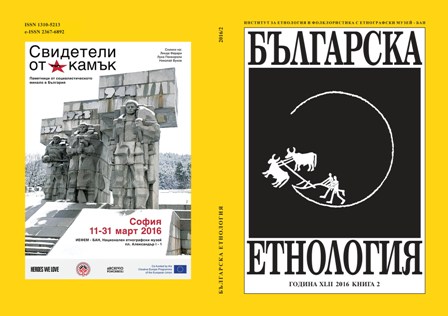
We kindly inform you that, as long as the subject affiliation of our 300.000+ articles is in progress, you might get unsufficient or no results on your third level or second level search. In this case, please broaden your search criteria.

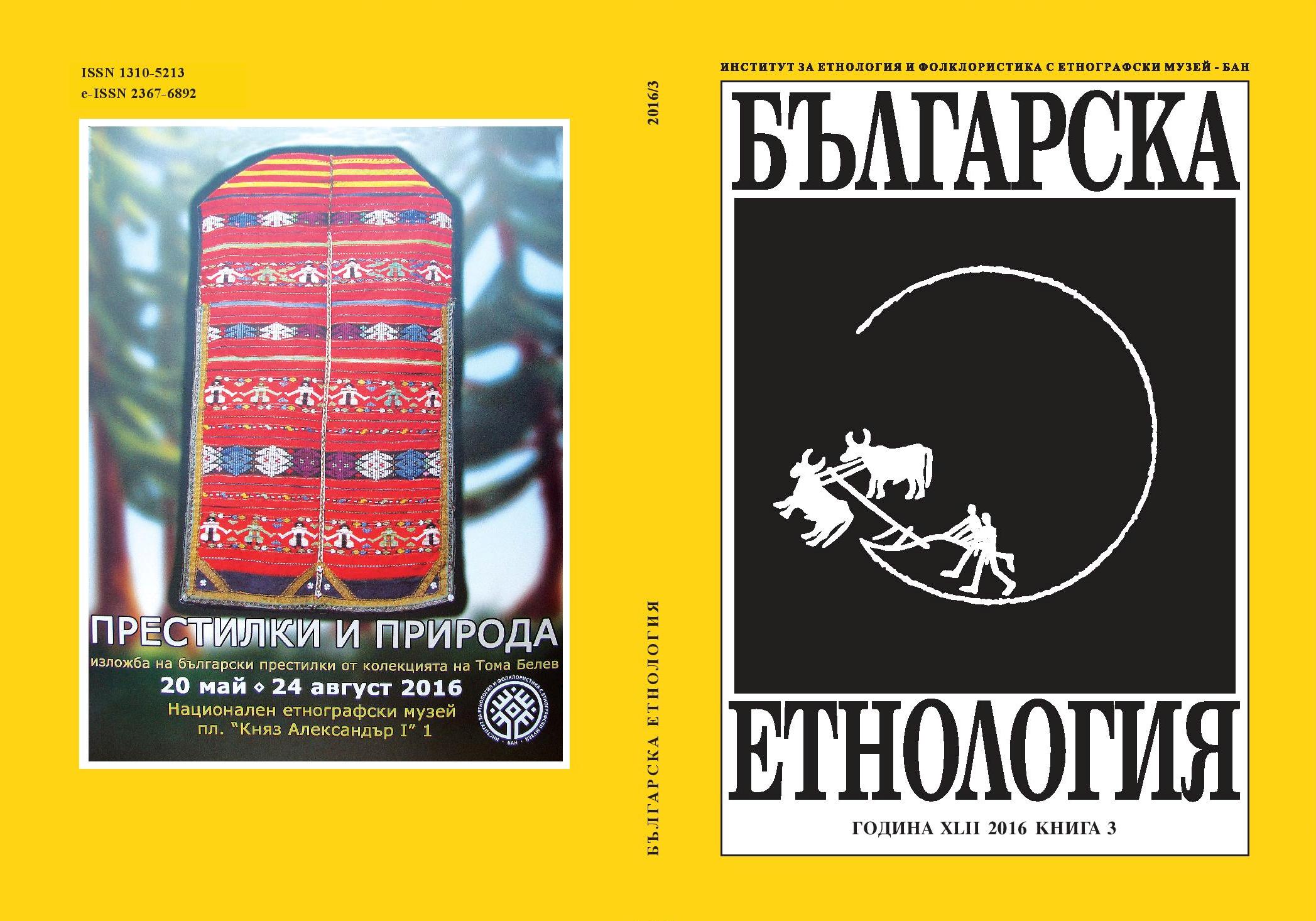
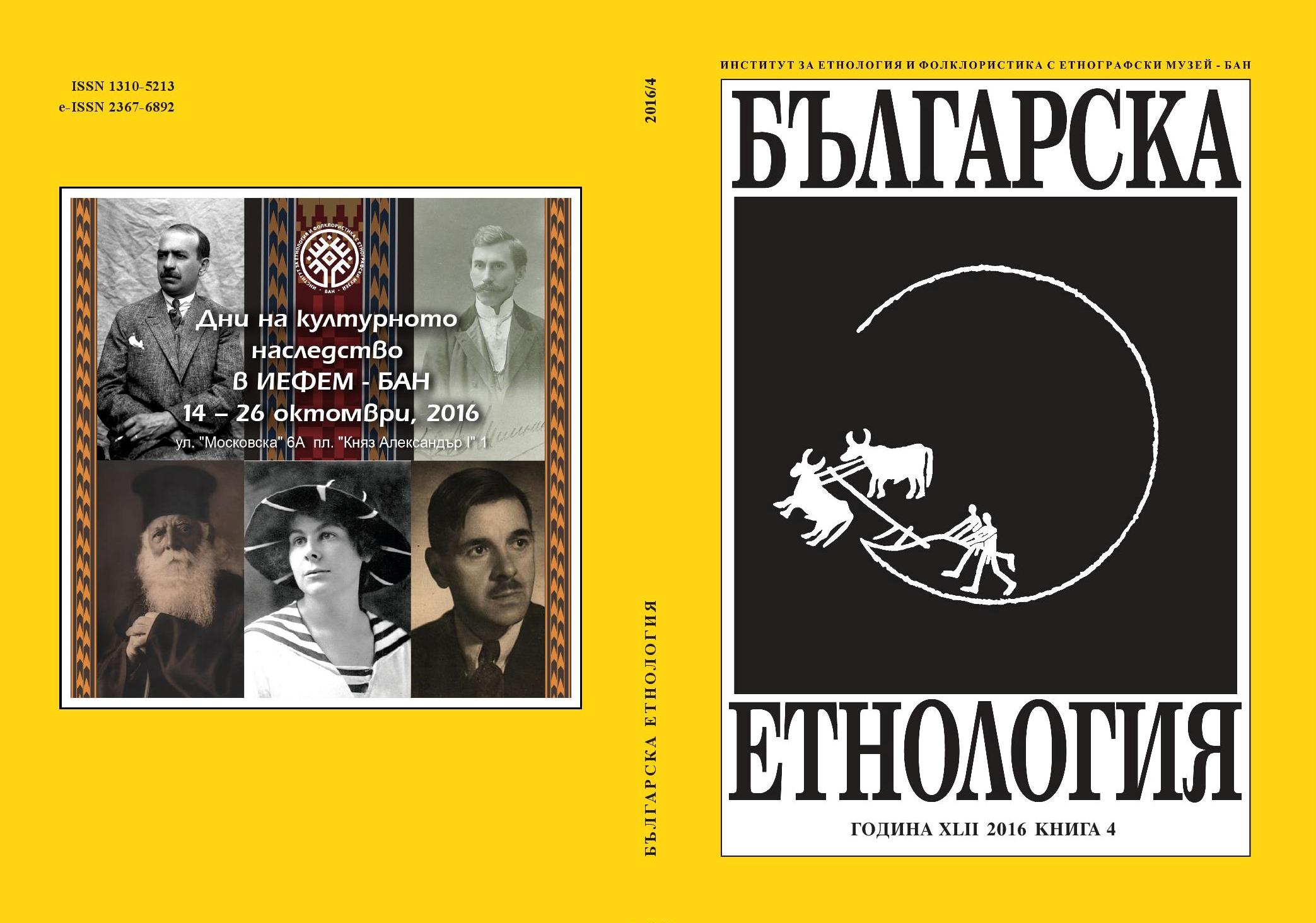

One of the typical and relatively stable features of the everyday life of the Bulgarianimmigrants in the historical and cultural region of Bessarabia are the patronal festivalsand customs held within the frameworks of the village, neighbourhood or familyand referred to as zbor/sabor (збор/събор), hram (храм), kurban (курбан), tsarkva(църква), panagir (панагирь), cherkuvane (черкуване), moleben (молебен) etc. Asfor the designation збор (a fair), it is clear that it precedes the Russian designationхрам (a patron saint’s day) which penetrates the region under study later on andwhich is widely used at present. What stirs up bigger interest is the fact that exceptfor village church festivals this term (as well as some of the other above-mentioned) was also used for intervillage festivals held at the landmark of the territories of two,three or more villages – the so-called fairs at the landmark also known as moleben orcherkuvane for rain and good health.As far as the patron saint’s day is a universal Christian phenomenon and stilla general practice in the villages of the region studied here, it could be assumedthat the gathering itself, the making of zbor (or moleben) at the landmark (at theborder between a group of villages), which is neglected today almost everywhere,is a form typical only of the immigrants (Bulgarians and Gagauzians) in Bessarabia.This practice attracts the attention with respect to its nature and development as partof the all-Bulgarian system of patronal village festivals as well as with relation tothe influences, changes and specifics through which it inevitably goes under theconditions of the many-tounged and polycultural environment of Bessarabia and theRussian Orthodox Christianity.The fieldwork materials collected so far do not allow a coprehensive and thickdescription of the phenomena intriguing us as well as a more elaborate analysis.That’s why the article only poses the problem or rather interpretes it in connectionwith some concepts of the kin and family-territorial patronal festivals and customswhich were formulated a long time ago in the Bulgarian science but which are stillrelevant.
More...
On the basis of written sources and field materials, the article examines the phenomenonof the “Odessa cuisine” as a regional complex of food. In the context of thehistorical dynamics, it shows the role of the Balkan traditions in the formation anddevelopment of the everyday culture of the inhabitants of Odessa. Special attentionis paid to the current state of the trade subculture and, respectively, to the systemof the food traditions in Odessa. In particular, the article shows that there are manyproducts introduced by natives from the Balkans (first of all, Greeks and Bulgarians):eggplants, tomatoes, cheese, corn, mutton, grapes, etc. The regional dishes perceivedas “Odessaian” but having roots in the ethno-cultures of the above-mentioned communities,are developed on this basis. The text shows also the “blue” (eggplants) invarious variations of preparation and the “pshonka” (corn). Beside the national, theprofessional mass cuisine is also analyzed (restaurant); in it the Balkan substratumhas found its place a long time ago along with the Jewish, Ukrainian and Moldavian.In the menu of these institutions, there are surely a number of dishes with Balkanorigins. On the other hand, it is worth characterizing the special national restaurantsof Odessa (Bulgarian, Gagauzian, Greek).
More...


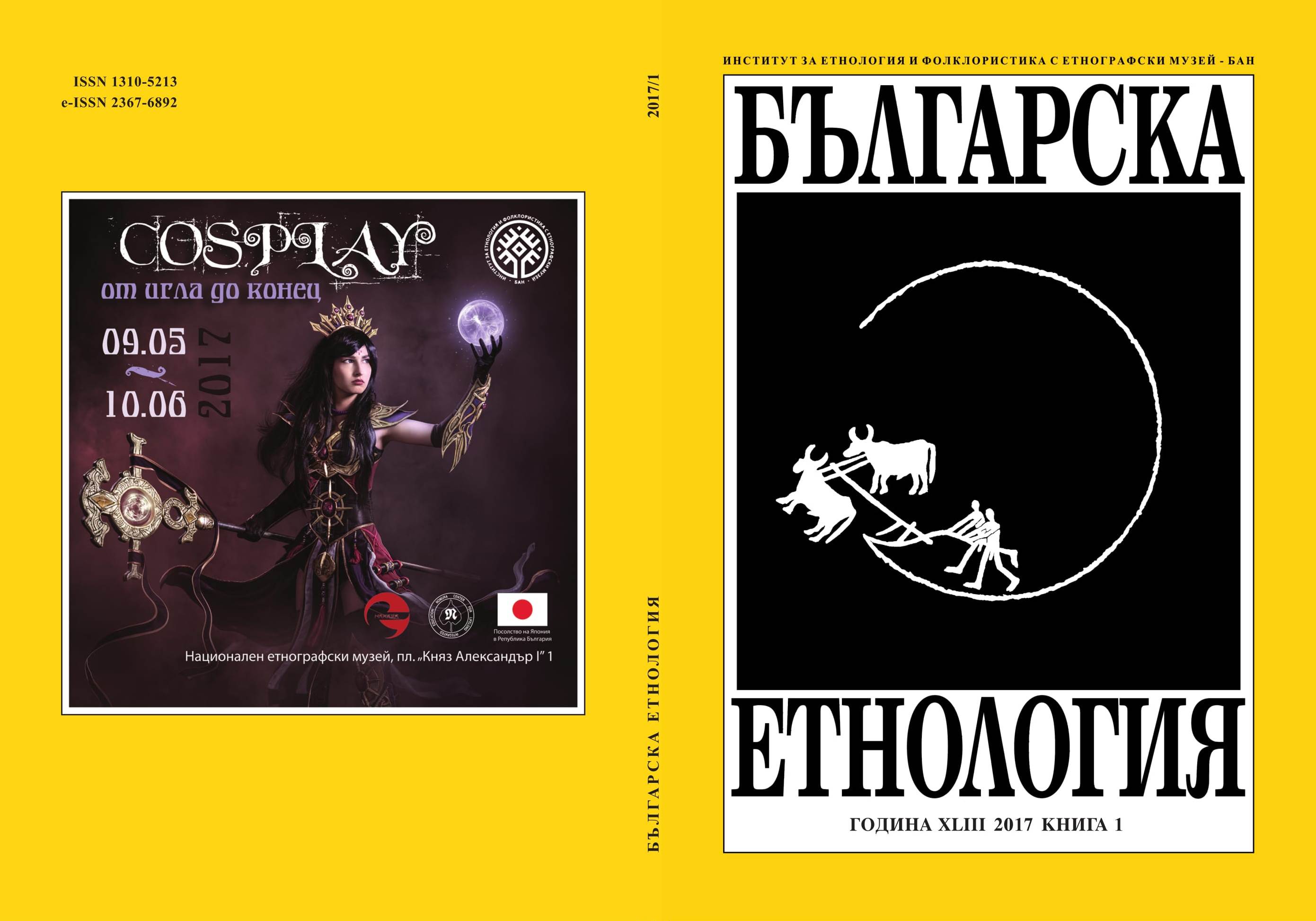
In the folklore of many peoples, the luminous bodies and phenomena are related tothe traditional concepts of the world structure. In the Bulgarian popular astronomythe Milky Way is seen as a Straw Road. The folklore texts present the “road” as both aborder and a bond between the “own” and the “alien” space, between the earthly andthe “divine” world. It is a process of movement in the mythological space but it couldalso be a place where the worlds in this space meet. Such development of the conceptof the “road” in the Bulgarian popular tradition is related to liminal rituals typical ofcalendar festivals including Christmas.
More...
The article makes a brief historical review of the development of Roma publicationsin the countries in Eastern Europe by emphasizing the processes in each country andthe interrelations between their policies regarding the Roma culture and the Roma literary production. The aim of the article is to show that the development of Roma literature is related to the political, social and cultural context in the country or region of its creation. The comparative historical approach is the most appropriate for the purpose since the tendencies in the development of the Roma literature are related to the policies of identity (in general or directed to the Roma population) in different historical periods and regions.
More...
The purpose of the present article is to trace the history and to show the activities performedby the gypsies/Romani organizations in Shumen, Bulgaria during the period between 1944 and 1990. The history of these organizations is going through several periods which match the political periods regarding the gypsy population in Bulgaria.It was founded in 1946, when Bulgaria was leading a policy of ethnical recognition of the gypsies and a wide consideration of their cultural and historical identity. Inthe beginning of the 1950s, due to the fear of the so-called “turcheene” (i.e. public demonstration of the Turkish ethnic identity) among a large part of the gypsies, there was a turning-point in the public policy – the Cultural and Educational organization of the gypsies was forbidden and they got into the hands of the “Fatherland Front” (“Otechestven front”). In spite of the restrictions and interdictions, in 1967 the leaders of the Gypsy movement in Shumen restored their organization by the name of “Roma”, but they didn’t get the recognition and validation from the government. In spite of this, they continued to work for the protection of the Gypsy community in Shumen and in all of their activities in several basic directions (socioeconomic, political, educational and cultural) were performed by the organization’s name. This continued until the beginning of the 1990s, when the organization was recovered, andalong side this a number of new organizations arose.
More...
The article examines the movements from Bulgaria to Norway and is based on anethnographic fieldwork. Using the methods of the oral history, the article analyzes the road to the north and the settlement in an almost unknown and cold country. Th epersonal stories of the Bulgarians present their visions of the road, their views onNorway and the founding of home as a personal experience in the context of the complexmigratory situation there. The specifics of the Bulgarian settlement in Norway predetermine the understanding of home and road. The successful and relatively fast realization, the high standard of life, the social model and the opportunity for quicklybringing together the separated families transform the migration to the north from amovement into a fixed way of life. For the Bulgarians, the new home in Norway has different aspects – it is the heart of the family, of calmness, cosiness and security. For the emigrants, the road to the north is both a road and a way back to the “native” andthe “Bulgarian” which could be seen in the founding of a “Bulgarian home” by different emigrant institutions and organizations. The new transnational and transcultural home of the Bulgarians in Norway becomes their comfort zone.
More...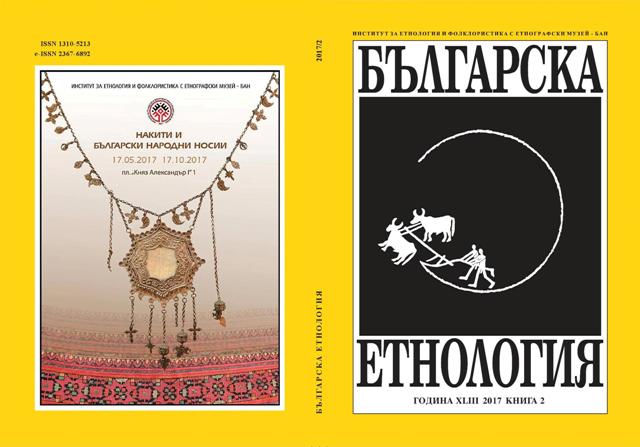
The migrations of the Turks from Bulgaria to Turkey in the 20th century are subject of broad academic and pubic discussions; the greatest attention is paid to the last wave of migration of 1989. The article directs the attention further back in the history, to the period from 1950 to 1951 when the Bulgarian and Turkish authorities organized for the first time a mass deportation of over 150 000 Turks. The study discusses the macro and micro framework of that migration flow in the light of the scientificanalytical approach of histoire croisée/entangled history. By means of it, the author analyses the “entangled” policies presented on the basis of Bulgarian, Turkish and other historical sources and compared to ethnographic fieldwork materials collected among the Bulgarian migrants in the city of Izmir. The study works out new issues and issues insufficiently examined of the written and oral history of the Turkish migrants related to the ideas of homeland, the influence of social and kin networks and the reconstruction of identity in the processes of migration, adaptation and integration.
More...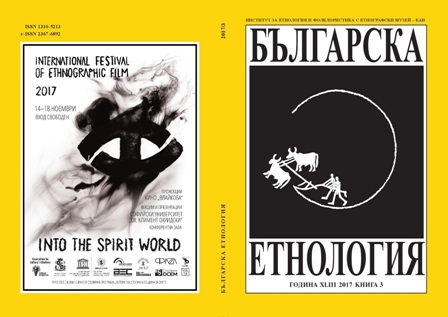
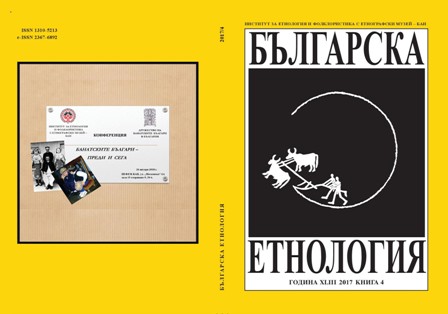
The objective of this article is to outline the basic tensions in contemporary Bulgarian society concerning the intertwining of religion and secularism through the prism of relations between national state and different religious organizations and individuals.The general goal is to combine the presentation of national historical context, existing legislation and the current social debate based on anthropological fieldwork.
More...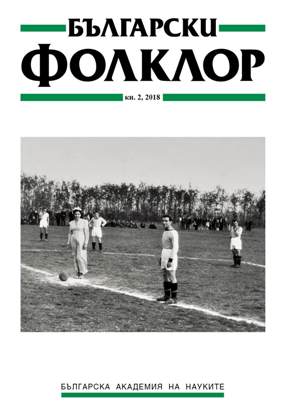
The paper is the first part of a research, dedicated to the problem of how national identity of Kosovo is forged. It is analysed from the point of view of a particular case study – the missing persons and how their character is represented in the public discourses of Prishtina, Belgrad, and how the international community is involved.The problem of national identity building is considered in its complexity, taking into account numerous rival projects. The museum exhibition, dedicated to missing persons and cultural heritage artifacts could be regarded as case study.All the actors on the terrain apply their own ideological strategies, which could be identified in the concept of the “Missing” exhibition: how the personal memory is being domesticated and turned into history of the nation, how the transition from text to action was carried out, how memory, oblivion and history were (ab-)used as social building ideological toolkits. Particular attention was paid to the problem of the conceptualization of the recent past: how it was interpreted and attributed signs of prestige by the social actors involved in accordance to the interests of each of them.The ethnic conflict paradigm as a key concept widely used in contemporary humanities for explaining the Kosovo case as well as the disintegration of Yugoslavia is put under question. The history of the Museum of Kosovo is also involved, the debate between Belgrade and Prishtina for returning 1247 initially taken artifacts transported to Gračanica monastery and then to Belgrade in 1998 along with the withdrawal of the Yugoslav administration of the region is traced in its history and ideology, establishing references to the Kosovo myth, based on the folklore epics which were first published by Vik Karadžić in the 1820s and later became a canonized version of late medieval Serbian history.
More...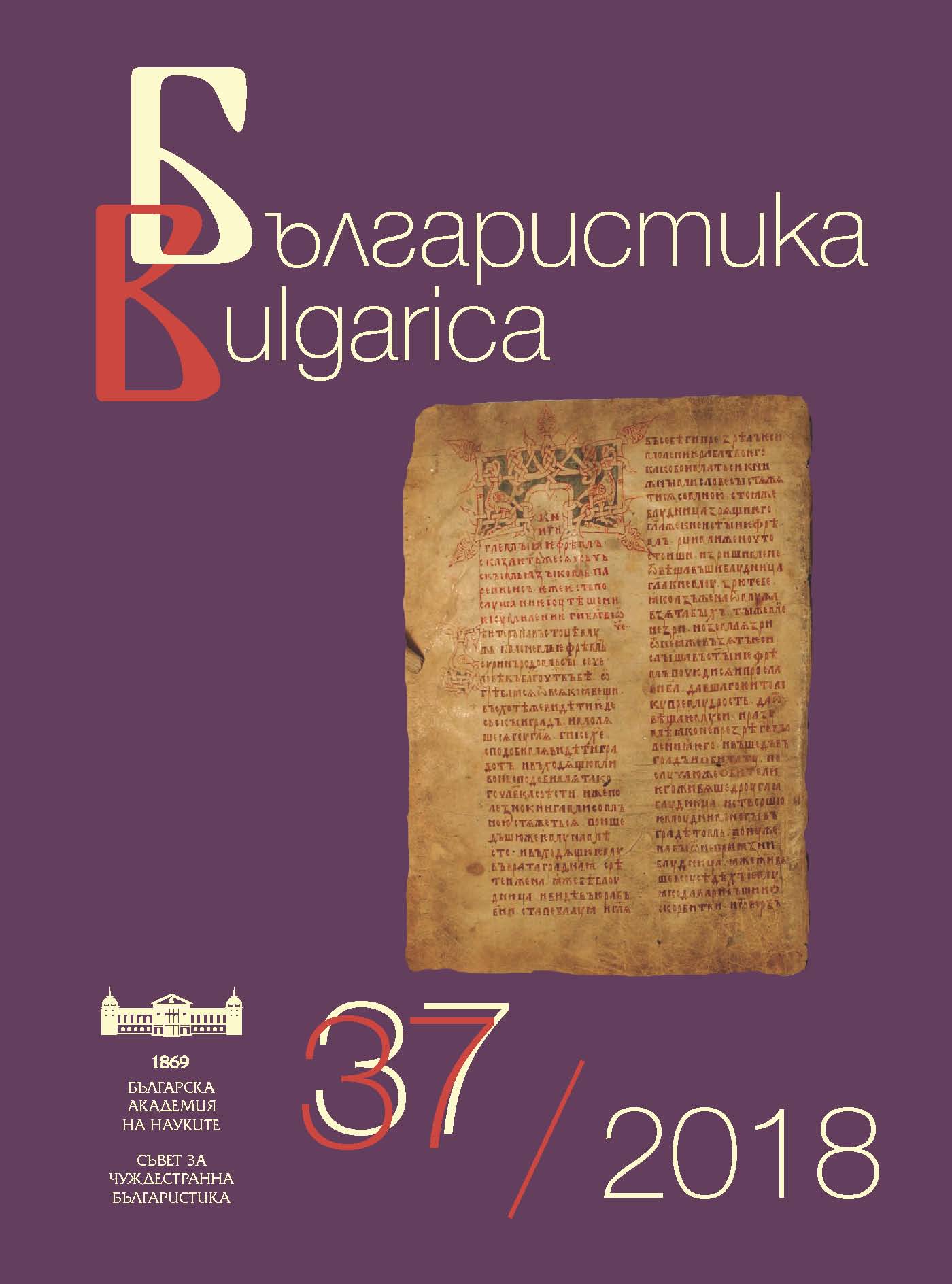

Data about scientific events in the field of the humanities in Bulgaria in 2018.
More...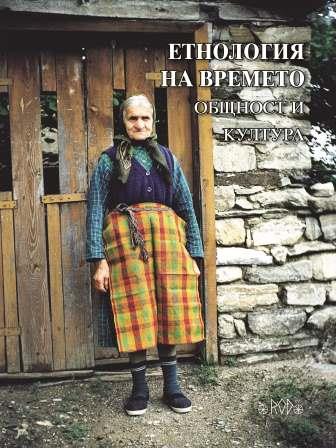
The text presents a possible anthropological perspective on the topic of memorial practices in Germany, linked to the problem of guilt and its overcoming through the dynamization of cultural memory. The thesis of guilt, being an element of the contemporary process of creating places of memory, is based on observations on memorial places for deserters. They may not be many in number (compared to monuments of other social or political victims in the history of Germany), but are becoming a catalyst of the dynamic process of building monuments called Denkmalarbeit. Indicative of the problem are the long, sometimes even paradoxical processes surrounding the decision-making for such monuments: their place, the artistic realization of every project, the accompanying public events, speeches and comments, the forms of implant. The mentioned factors, together with the conclusions of the observation, create a new sphere in the cultural memory of German society, related to changes in public attitude towards deserters and a search for new forms of memory in the process of acknowledging and overcoming guilt.
More...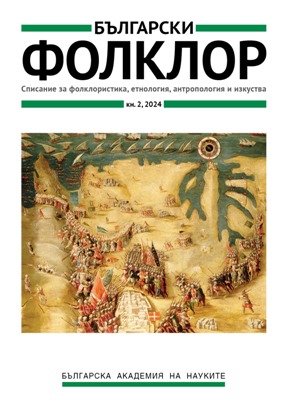
The text is dedicated to the opening of a new museum in the Town of Razlog.
More...